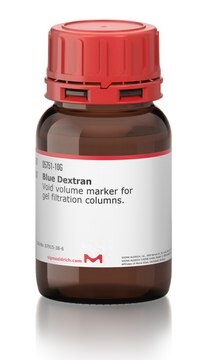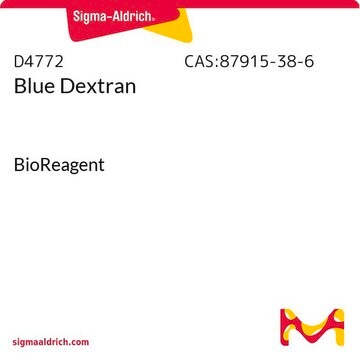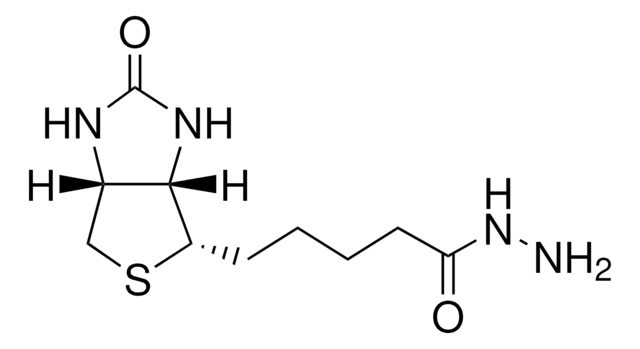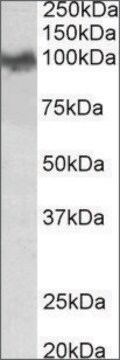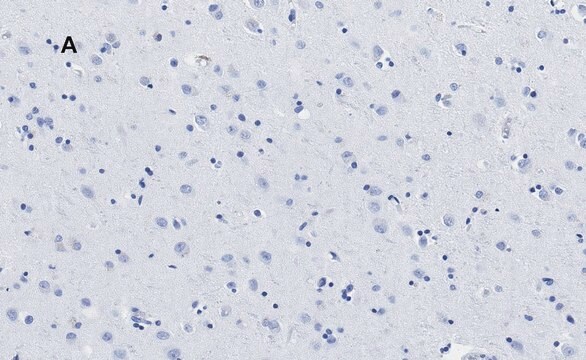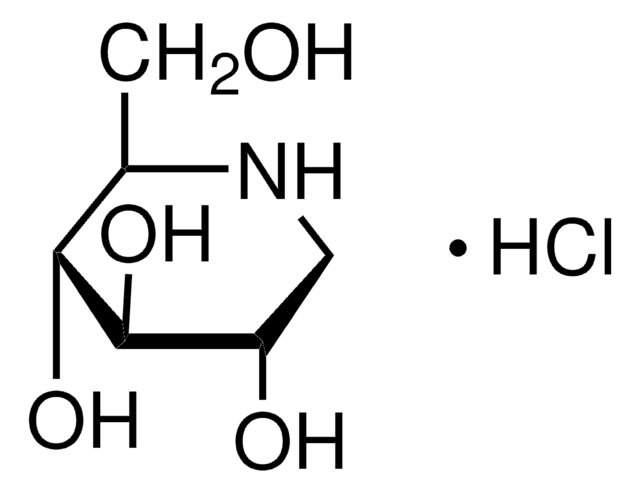Wichtige Dokumente
A9103
Anti-phospho-APP (pThr668) antibody produced in rabbit
affinity isolated antibody, aqueous glycerol solution, 10 blots
About This Item
Empfohlene Produkte
Biologische Quelle
rabbit
Qualitätsniveau
Konjugat
unconjugated
Antikörperform
affinity isolated antibody
Antikörper-Produkttyp
primary antibodies
Klon
polyclonal
Form
aqueous glycerol solution
Verwendung
10 blots
Mol-Gew.
antigen 100-140 kDa
Speziesreaktivität
human
Methode(n)
western blot: 1:1000 using CAD cells transfected with wild type vs. T668A mutant APP.
UniProt-Hinterlegungsnummer
Lagertemp.
−20°C
Angaben zum Gen
human ... APP(351)
mouse ... App(11820)
rat ... App(54226)
Allgemeine Beschreibung
Rabbit Anti-phospho-APP (pThr668) antibody binds to human APP phosphorylated at Thr668. Mouse, rat and frog APP are 100% homologous.
Immunogen
Anwendung
Physikalische Form
Haftungsausschluss
Sie haben nicht das passende Produkt gefunden?
Probieren Sie unser Produkt-Auswahlhilfe. aus.
Lagerklassenschlüssel
10 - Combustible liquids
WGK
WGK 3
Flammpunkt (°F)
Not applicable
Flammpunkt (°C)
Not applicable
Hier finden Sie alle aktuellen Versionen:
Besitzen Sie dieses Produkt bereits?
In der Dokumentenbibliothek finden Sie die Dokumentation zu den Produkten, die Sie kürzlich erworben haben.
Unser Team von Wissenschaftlern verfügt über Erfahrung in allen Forschungsbereichen einschließlich Life Science, Materialwissenschaften, chemischer Synthese, Chromatographie, Analytik und vielen mehr..
Setzen Sie sich mit dem technischen Dienst in Verbindung.
